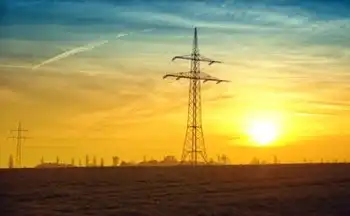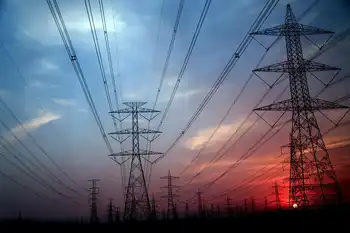IEA stokes doubts over worldÂ’s climate fight
By Reuters
Protective Relay Training - Basic
Our customized live online or in‑person group training can be delivered to your staff at your location.

- Live Online
- 12 hours Instructor-led
- Group Training Available
The world will have to suck greenhouse gases out of the atmosphere because it was too late to rely on gradual curbs in heat-trapping greenhouse gas emissions, it said.
The energy adviser to 28 rich countries detailed two paths for limiting warming to 2 and 3 degrees Celsius respectively, which would both require huge annual investments to deploy fossil fuels alternatives.
"Both scenarios imply that net greenhouse gas emissions turn negative — carbon absorption exceeds gross emissions — towards the end of the century," said the IEA's set-piece annual energy report, published recently.
That could involve the deployment of an untested technique to pump underground carbon dioxide produced from burning vegetation, using carbon capture and storage, and by planting more forests, the report added.
If the world carried on as normal without taking new steps to fight climate change temperature would rise in the long-term by up to 6 degrees.
Above 2 degrees warming, "hundreds of millions of people would face reduced water supplies," and above 3 degrees food production worldwide would be "very likely to decrease," a U.N. panel of climate scientists said last year.
Limiting warming to no more than 2 degrees would be especially expensive because it would involve scrapping and replacing dirty power plants at a cost of about $3.6 trillion from 2010-2030, the IEA report said.
That compares with global efforts in recent weeks to shore up the world economy at a cost of about $4 trillion.
A view that more than 2 degrees of global warming is inevitable has gained ground.
Greenhouse gases are already at high enough concentrations in the air to stoke that amount of warming — except that smoke and other pollution are blocking out the sun's rays, said Hans Joachim Schellnhuber, director of the Potsdam Institute for Climate Impact research.
"This is masking two thirds of the global warming. We already have 2.4 degrees of warming in the system," he told Reuters.
On the positive side — regarding the cost of the climate fight — limiting greenhouse gas emissions from burning fossil fuels will also cut costly oil consumption.
Partly as a result of recent oil price rises, global spending on oil had quadrupled to 4 percent of global economic output (GDP) in 2007 compared to 1 percent in 1998, and that would rise to 5 percent, the IEA said.
"The only time the world has ever spent so much of its income on oil was in the early 1980s," the IEA said.
Another cost saving from the climate fight will be the avoided damage from droughts, floods and sea level rise, which British economist Nicholas Stern famously said could be 20 times the cost of curbing greenhouse gases.
"We start in a difficult place," Stern told Reuters. "The (pollution) in the atmosphere, give us time to bring that (CO2 in the atmosphere) back down to the kind of levels... that are consistent with a 50/50 chance of holding the overall temperature increase to 2 degrees centigrade."











